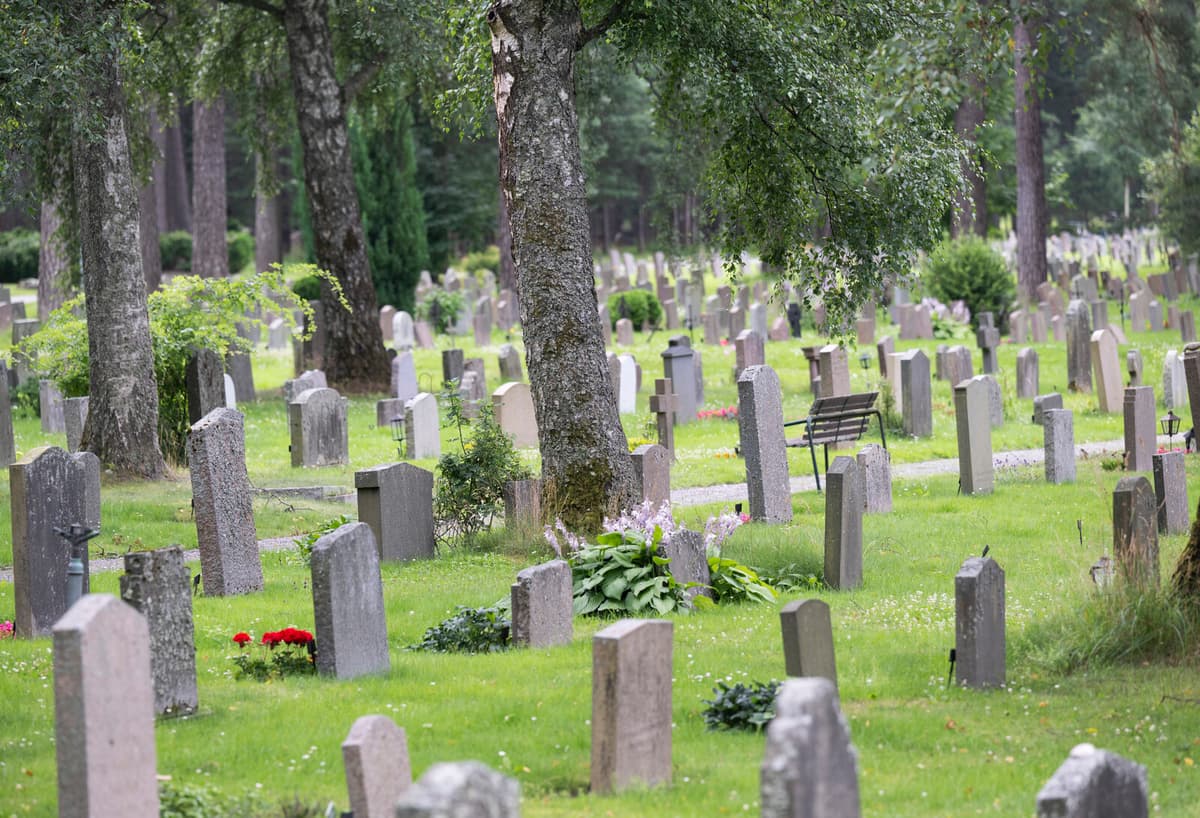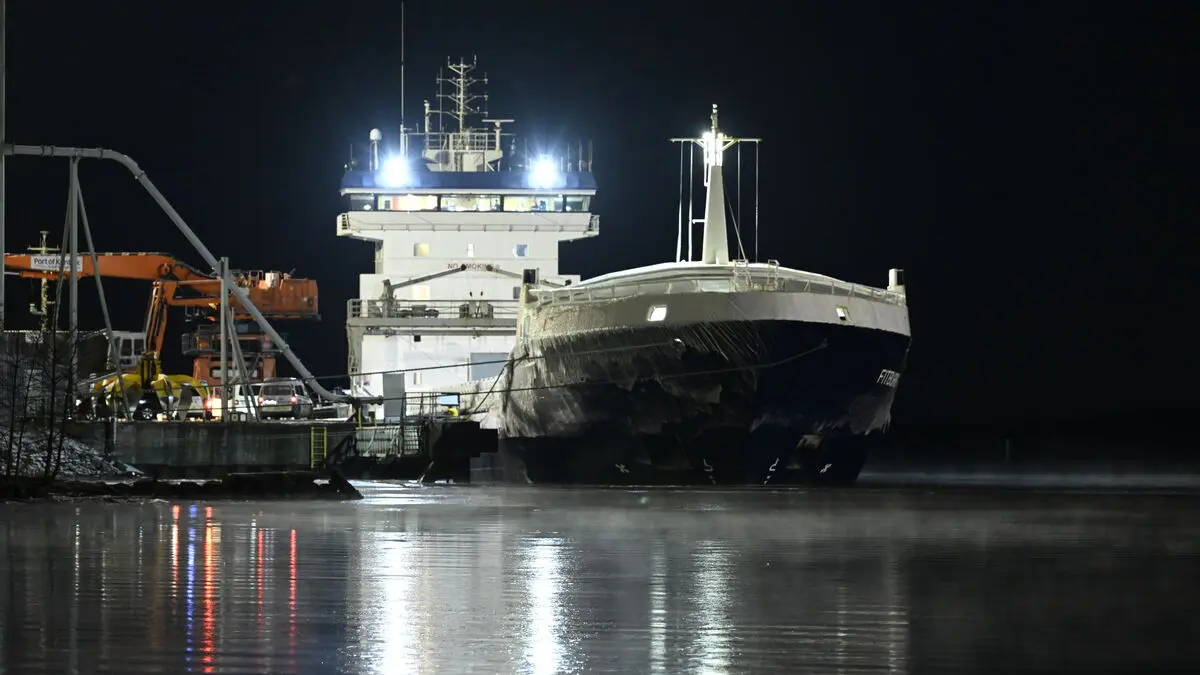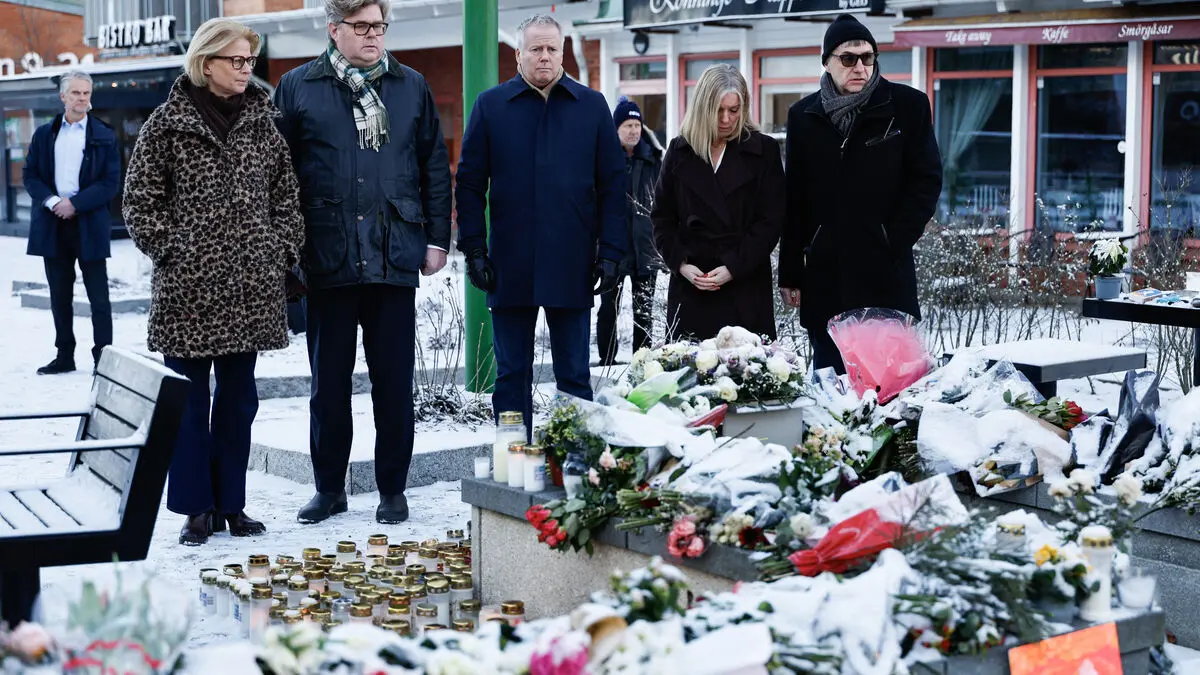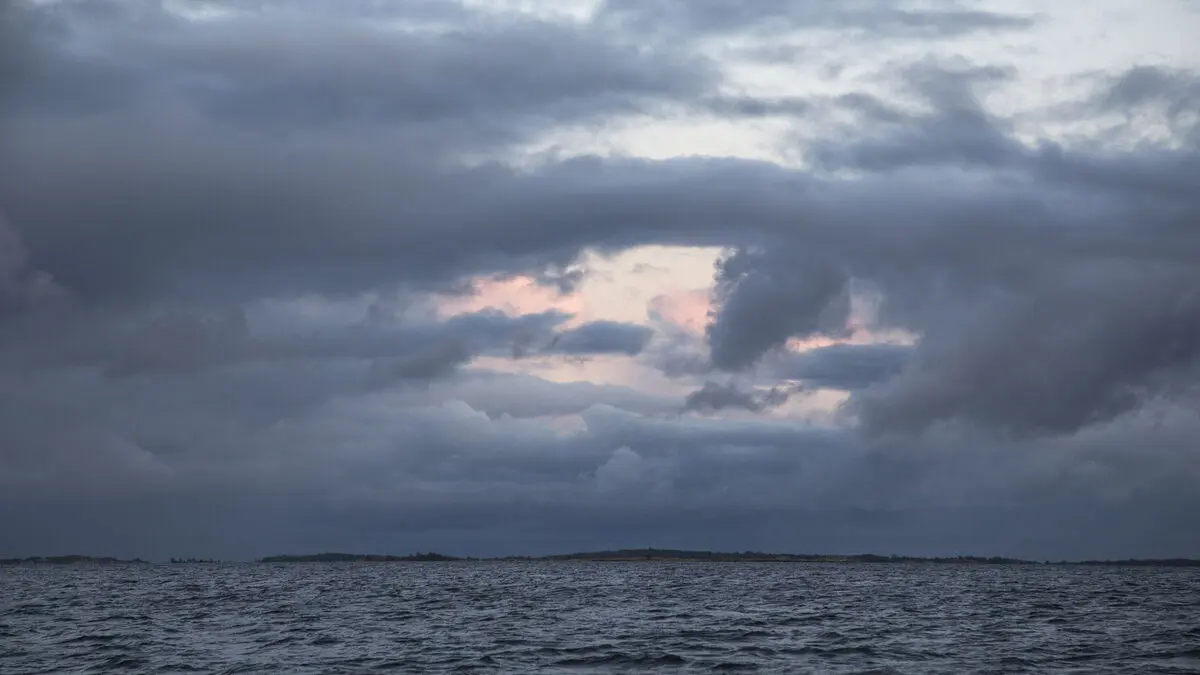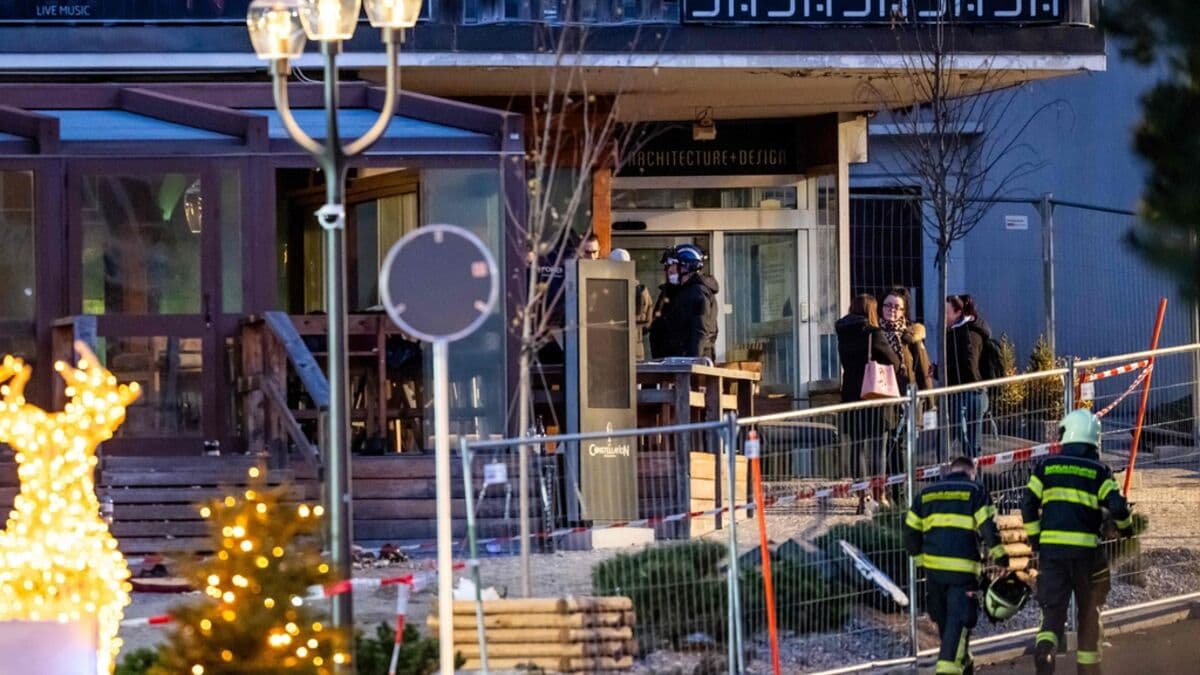We believe that it is a future issue that primarily planners and decision-makers should have with them, says Carola Wingren, professor at the Swedish University of Agricultural Sciences (SLU).
She thinks at the same time that it is a question that actually concerns us all:
If you think that continuity is important, you should think about this too as an individual.
Southwestern Sweden
In a survey she conducted together with a colleague, southwestern Sweden is highlighted as an area where climate change will pose a threat to many gravesites towards the next century.
- We haven't counted high when we talk about 30,000, it's likely that it's more.
Climate-sensitive locations are, for example, near water and areas with heavy rainfall, places where the soil is not very permeable or where the groundwater is high. Gravesites that are located low in the terrain or on land that slopes towards a river valley are also particularly vulnerable.
If you look at the probability of it becoming a societal problem, then we're aiming for the turn of the century 2100. That's 75 years, approximately two generations, notes Carola Wingren.
Now, she is working together with research colleague Roger Marjavaara to investigate what emotions are stirred up when gravesites need to be moved. In Kiruna, it's already a fact – due to mining. Questionnaire responses have been collected from relatives and they have not been analyzed yet.
Sensitive issue
But that grave relocation is a sensitive issue is something she is convinced of.
Being able to have a place to go to may mean more than what you think when you're in the midst of life.
Moving entire gravesites is expensive and complicated. But ultimately, it's a question of dignity, believes Carola Wingren.
She reminds us of unpleasant scenes that took place in New Orleans after Hurricane Katrina. Coffins floated away and were later found far from their original burial sites.
- It's about how a society holds together and some kind of dignity, belonging, and identification with a place, says Carola Wingren.
Cecilia Klintö/TT
Facts: At least 30,000 graves
TTTT
The researchers have based their findings on different scenarios for climate development presented by the UN's climate panel, IPCC, and mapped conditions on Swedish cemeteries that make them vulnerable.
The conclusion is that numerous cemeteries in primarily southern and western Sweden risk being affected by landslides and erosion to such an extent that they will need to be moved.
At the very least, it's about around 30,000 buried remains and it will affect around 146,000 living relatives.
